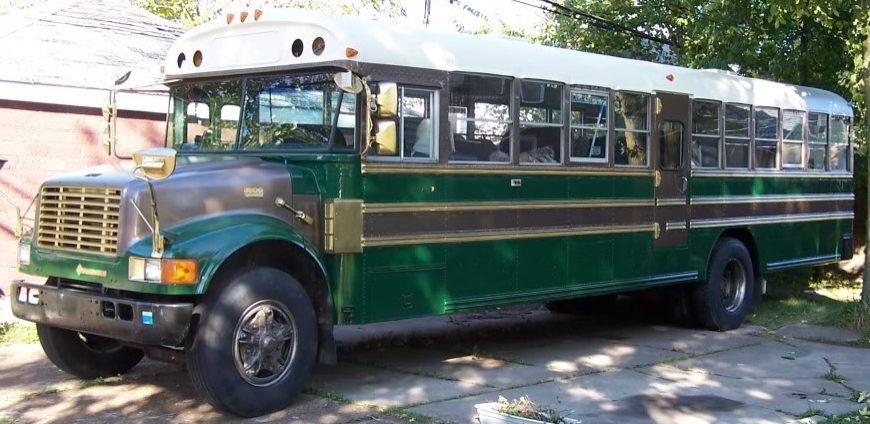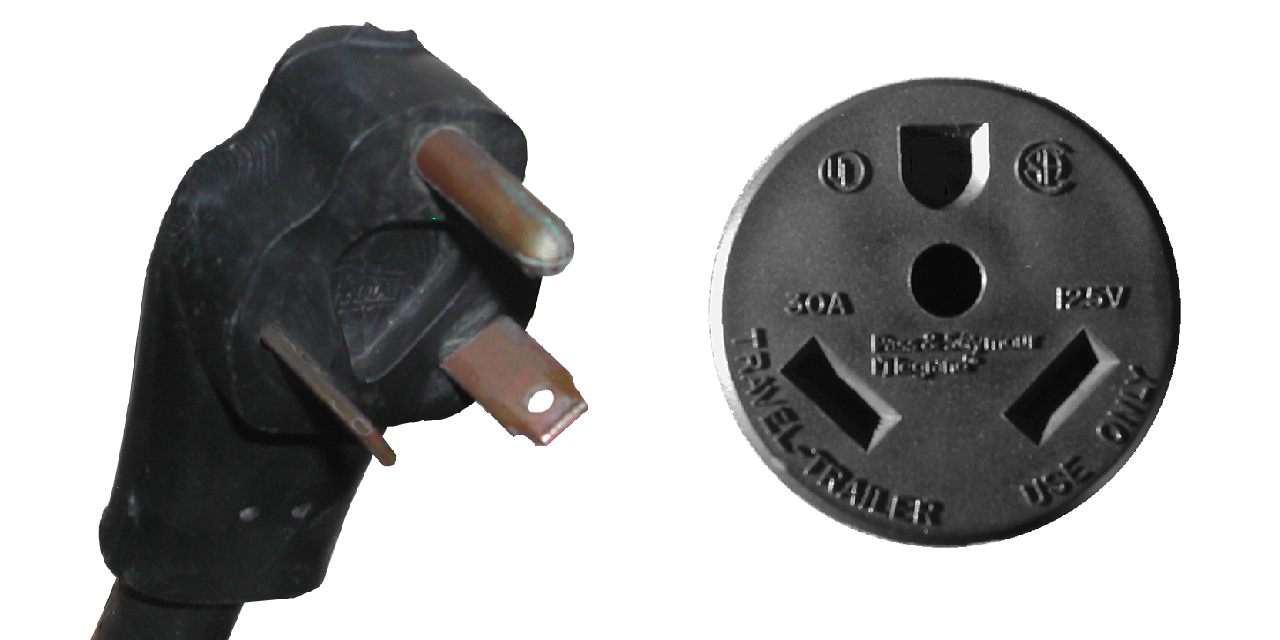So, on the 13th of July we set out for Presque Isle State Park in/by Erie, PA. Our son had a day’s worth of homeschool classes on aquaculture, swamp & beach biomes, the geology of the park, and preservation and maintenance of the park. While it was only two and a quarter hours away from Buffalo, as the classes started at 9 am, we decided to camp overnight.
Our trip was uneventful, except for the fact that I made the mistake of topping up the coolant level in the bus before we left. Why was this a problem? Because there was a small leak at the coolant reservoir that dripped down onto the alternator, frying the voltage regulator. By the time we had hit the Angola Rest Area on the NYS Thruway/I-90, we were running on battery power. But as on our Evangola trip, I knew that the engine would keep running fine, but unlike that previous trip I had the house batteries fully charged, and chargers for both the house and bus batteries that would work when we got to shore power. But now I knew the reason WHY the alternator was failing. Unfortunately, the fluctuations in voltage damaged the board in the fridge, though I got it to work for part of the time we were plugged in.
We stayed at Sara’s Campground, whose lands abut right up to both the Presque Isle State Park and the Tom Ridge Environmental Center. Their grounds also have sites on both sides of Peninsula Drive/Route 832, the east side has sites for actual beach camping (in tents), and the west side is in the more forested area.

So, we ended up getting Site 21 in the Forest Section. It was our first stay in a private campground, and I was frankly surprised at the density of sites! The dashcam recorded our trip into our site, including the trepidation and worries I had of getting the bus in a place I’d have to back out of.

But the site was fine. The electric/water pole had a streetlight on it, so we had to put a blanket up over the windows on that side (thankfully magnets hold to bus steel wonderfully). But there were no sites to our starboard side (where the firepit was), so it was a nice open site (next to a parking lot). And the concrete pad was very nicely level, so everything was comfortable.

But right across the street (via a crosswalk with speedbumps and a pushbutton controlled set of flashing lights to cross) was the start of Presque Isle’s beaches, and we walked all the way up past the first couple of breakwaters. We did a little beachcombing, then returned and we made a fire and some lovely toastites for dinner. We had some people stop by, interested in the bus, and we gave them the tour, and some skoolie info, as they had expressed interest in working up their own.

A little while later, as the sun was setting, we found that the sun was setting directly behind the bus, through the path to the beach. It was, however, it was basically 9pm, so we were forced to get to bed before we felt we were ready.
Our next morning was fine, coffee and bowls of cereal for breakfast, and as the engine was running and I was doing our pre-trip, folks came over, interested in the bus. Alas, we didn’t have time for a tour, and weren’t returning, but they thought the concept was cool and were absolutely fine with us being there.
Unfortunately, given the short timing of us getting to the Tom Ridge Center for the aquaponics class, and then us getting from that class to our pontoon boat tour, I forgot to turn the dashcam on for those trips. But after the boat tour, I remembered to turn the cam on, so we have a video tour of Presque Isle, sped up 4x. You miss out on a whole bunch of the cottonwood tree seeds floating about at that speed, but I recorded us getting from the tour to Barracks Beach, and then down the beach road to the Tom Ridge Center again, and then around the whole park once more.
Our trip back was uneventful, except for the one tractor-trailer driver who LOVED the train horn. He paced us while we were still in PA, blew his horn and motioned for me to blow ours and gave a thumbs-up when I did, and hung out in front of us to break air for us until he got to the Angola, NY exit where he sounded his horn again and waved, and I sounded ours again.

















